Most hair restoration treatments are used to stop and/or reverse the miniaturization of hair. Most of these hair loss treatments are able only to manage hair loss instead of replacing the hair that has been lost.
A hair transplant is the only permanent solution for hair loss. However, it has its limitations based on the level of hair loss and the available donor grafts.
Therefore, it is very important to have a good hair restoration plan that includes treatments to not only replace hair loss, but to also strengthen the hairs that are left and to stop any further loss.









